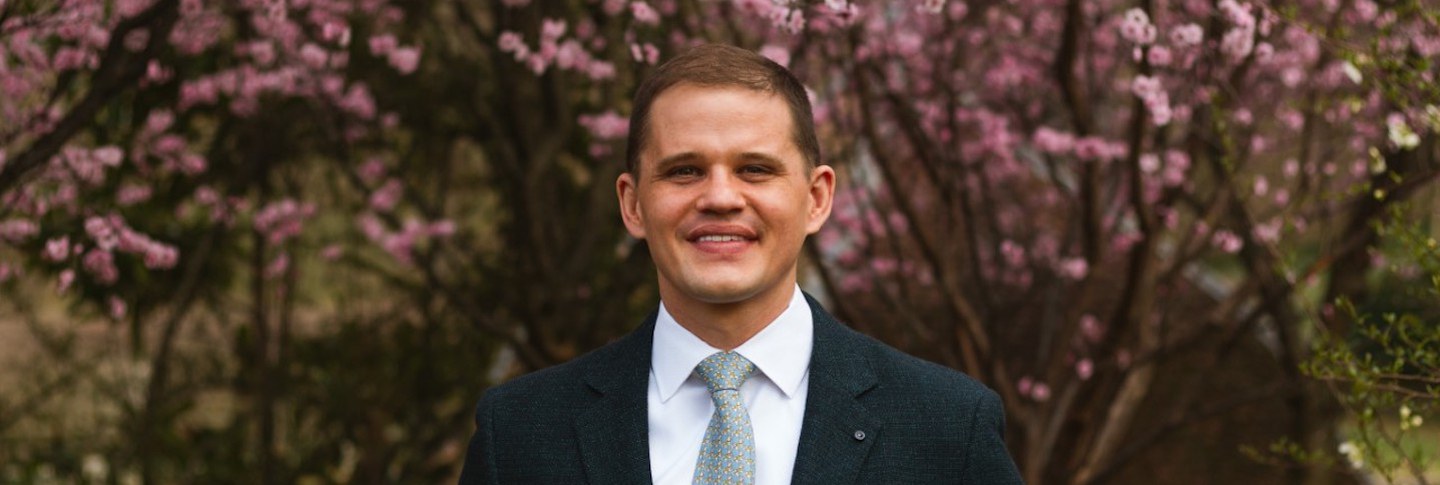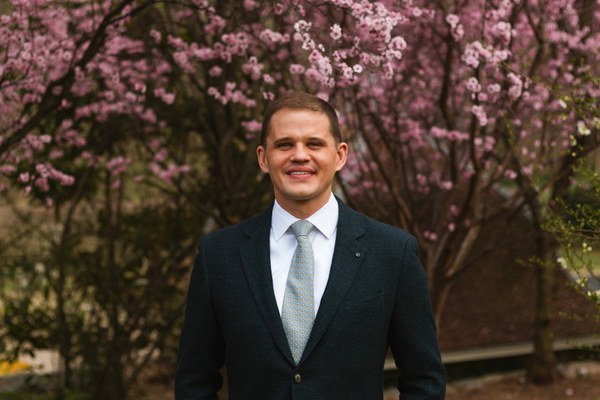Philip Gant, a PhD candidate in history and East Asian languages (HEAL) at Harvard University, was a 2017–2019 William R. Tyler fellow in Garden and Landscape Studies. His research report, “Temple Litigation and Korea’s Long Nineteenth Century,” documented how late Chosŏn monastics were engaged in some of society’s most creative legal problem-solving.
Q&A with Philip Gant
What was the military-monastic system in Chosŏn Korea?
In 1592, there was an invasion of Korea’s Chosŏn dynasty (1392–1910), and Buddhist monks mobilized as “righteous monastic soldiers.” The war ended, yet the system lived on. Scholars have gone different directions on this. Was it exploitative? Look at these poor monks, sent to desolate northern reaches, forced to stand guard at cold fortresses.
On the other hand, what were the opportunities? Monks, or the state granting them something, or even people now trying to reconstruct this history, have emphasized the patriotic role these monks played in a Korean Buddhist tradition of “protecting the nation.” Others have sought to nuance this story—to weigh the military functions of these monks realistically, to plumb their moral ambivalence about the role.
What fascinates me about this system is the administrative complexity it produces. That never goes away, and people respond to it in incredible ways.
How does your research challenge common ideas about Korean history?
Chosŏn attempted to curtail Buddhism for many reasons: philosophical, political, practical. It prevented Buddhist monks and nuns from proselytizing in cities and restricted construction of new temples. For Chosŏn’s framers, Buddhism’s central role in Korean political and social life over the previous millennium was ideologically problematic; it also presented many practical issues. These included economic problems like tax exemptions for temple property, or court problems when religious figures became involved in royal life. This happens elsewhere in East Asian history, too.
Received wisdom has held that Chosŏn was particularly successful in this effort. Although we recognize that despite the dynasty’s anti-Buddhist sentiment and policies, the national service of these monks connected them to the state, we have been unsure about just what to make of this. Thus far, our inclination has been to point out that the monastic military became something “in name rather than in fact,” and that by the end of Chosŏn, monks were marginal, unimportant, and discriminated against. They weren’t involved in changing central policy or dictating how society developed.
Commonly cited as evidence for this are records describing temples failing and monks running away. I want to flip the script a bit and say, look at the totality of the records about a given temple: petitions filed, subsequent writs issued. You see that most of the time funding eventually came through, new monks were recruited, and the temple remained.
Why? Because temples become critical infrastructure built into the government and into the land. And since they’re there, they must be maintained. Looking through litigation, I find that the monks themselves recognized this and employed it as a strategy in their claims. Even local and central officials made such arguments on their behalf.
No matter where we come down on the relative importance of the military-monastic system in Chosŏn, I argue it predictably and consistently enabled the legal and physical integration of these monastics into the state and society around them.
How has the Garden and Landscape program at Dumbarton Oaks shaped your research?
Former Dumbarton Oaks fellows Tom Conley and Verena Conley encouraged me to think of the landscape dimensions of my project. When I got here, I discovered even more complexity. For instance, many Garden and Landscape fellows were dealing with water systems and water rights: Katherine Rinne, Sahar Hosseini, Sarah Klassen, along with Curator of Rare Books Anatole Tchikine. I was inspired by the richness and depth of their projects, and the overlapping concerns we shared, even when dealing with very different regions and times: litigation documents, networks revealed, local customs bumping up against one another when state infrastructure (or its maintainers) crossed jurisdictional lines.
I learned to start looking at water. It was shocking to turn over the page I had been focusing on and discover on the next page—one I probably would have skipped—monastic litigation over water. For instance, I discovered a case about dams: the temple was upstream and battling with other compounds in the mountains over water use rights.
Besides water, I have found that one successful legal claim the monastics worked out was about landscape. Our place in this landscape is such that it cannot go away, they argue. This temple, this repository, this pine or chestnut preserve, this mulberry tree patch: it cannot be allowed to fail. Civil and military administrators and the local society accepted this and began taking it for granted.
Once you become part of the landscape, you’re hard to remove. Your importance tends to become articulated through the legal record in such a way that you can cite it. Even when it’s not statute, it can become precedent—that you can use to obtain something.
Julia Ostmann is postgraduate writing and reporting fellow at Dumbarton Oaks. Photo by Elizabeth Muñoz Huber, postgraduate digital media fellow.

